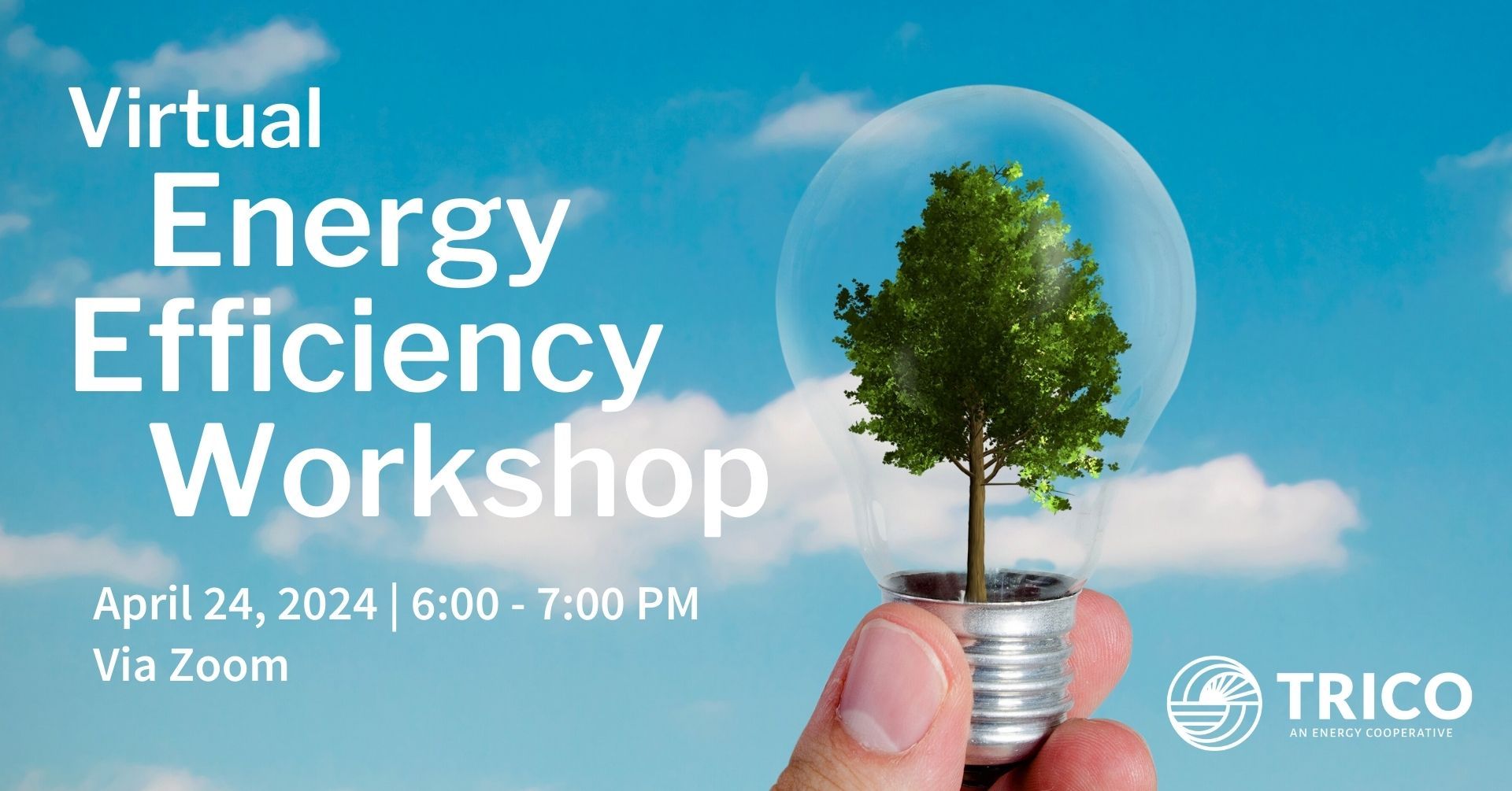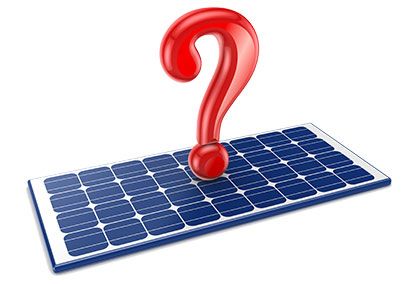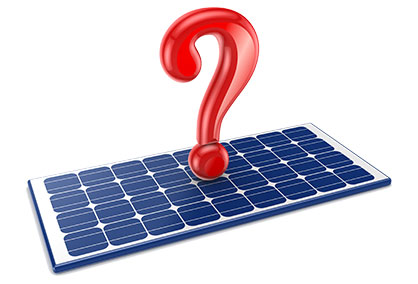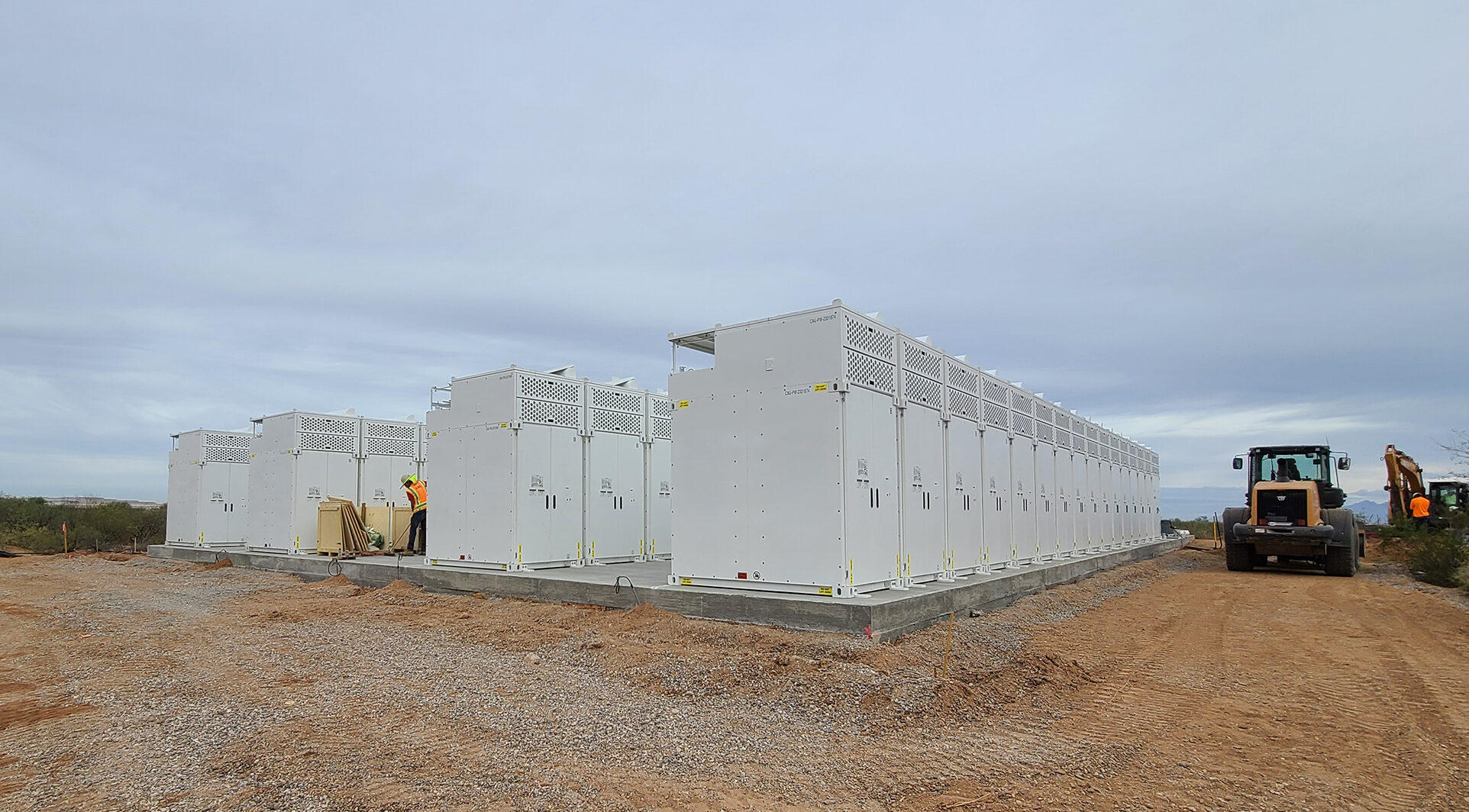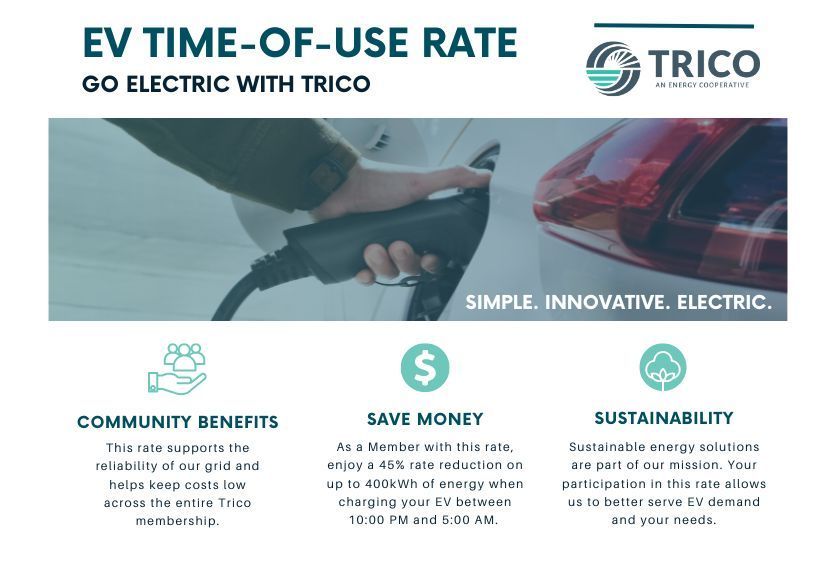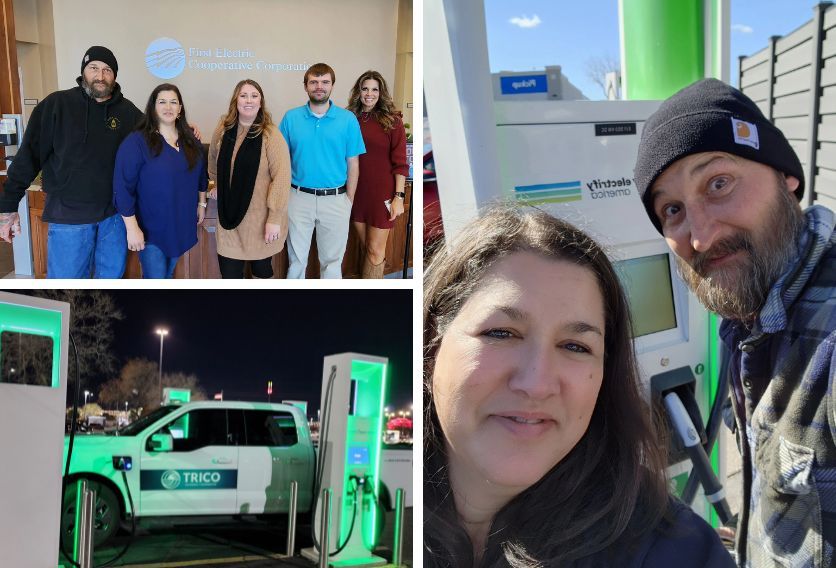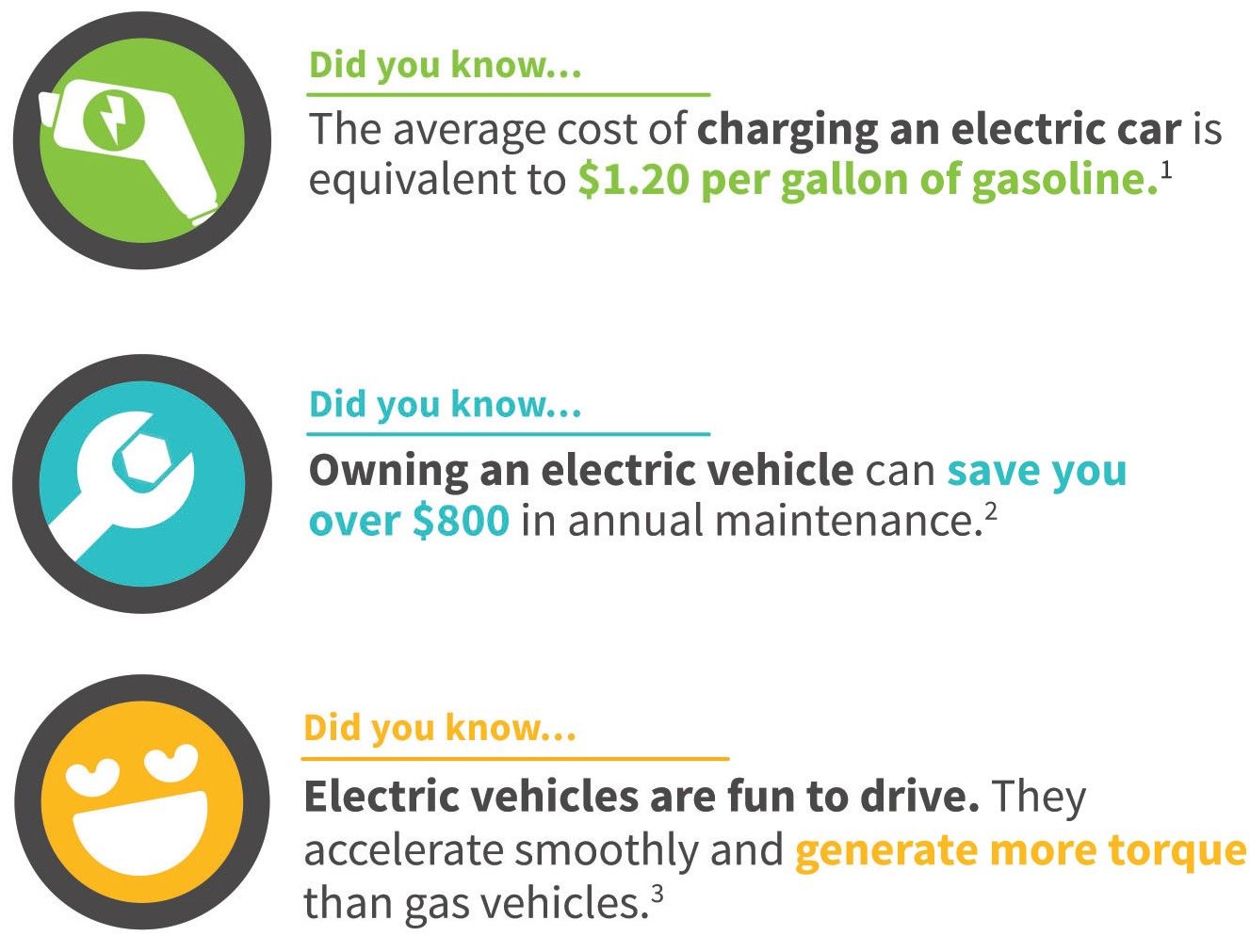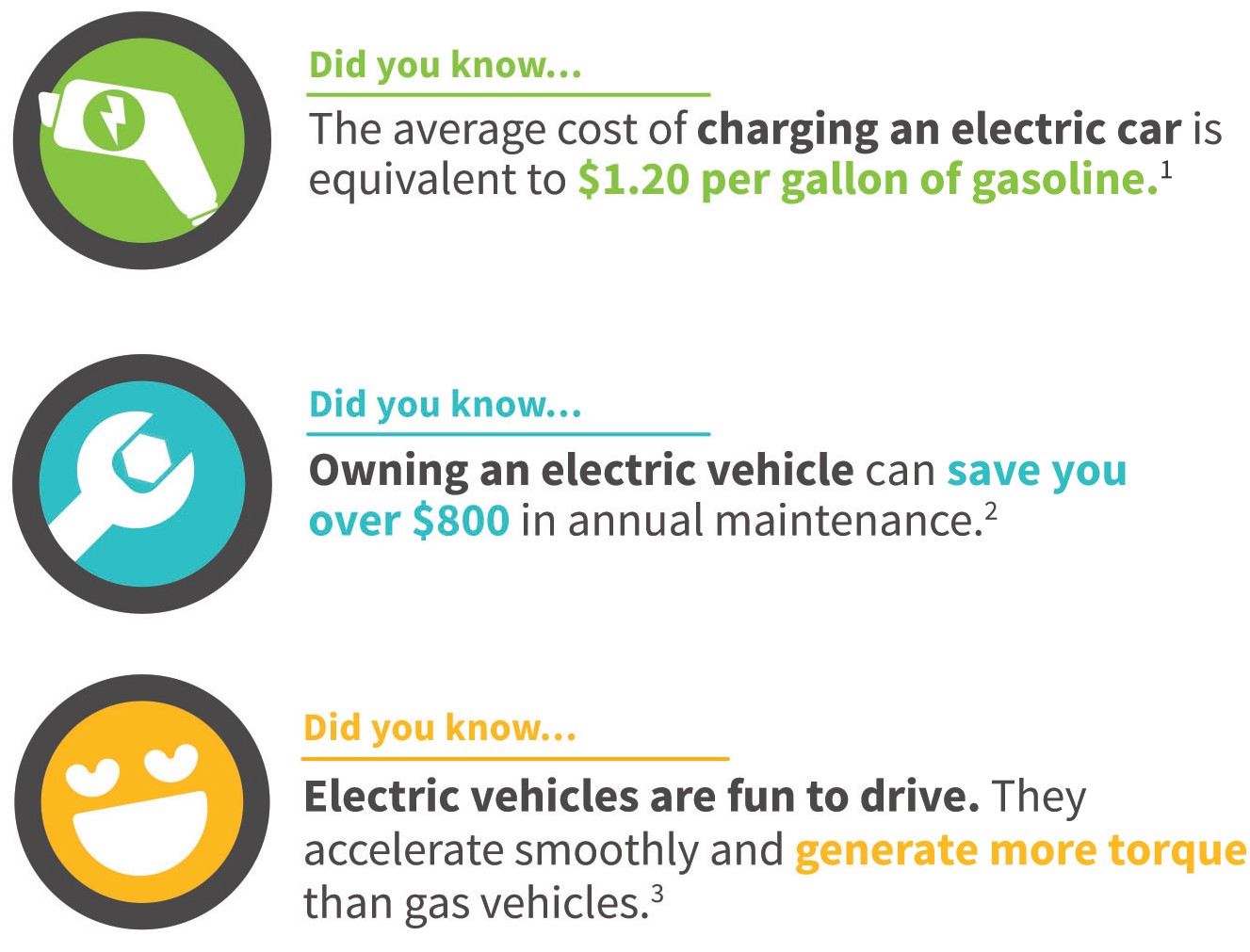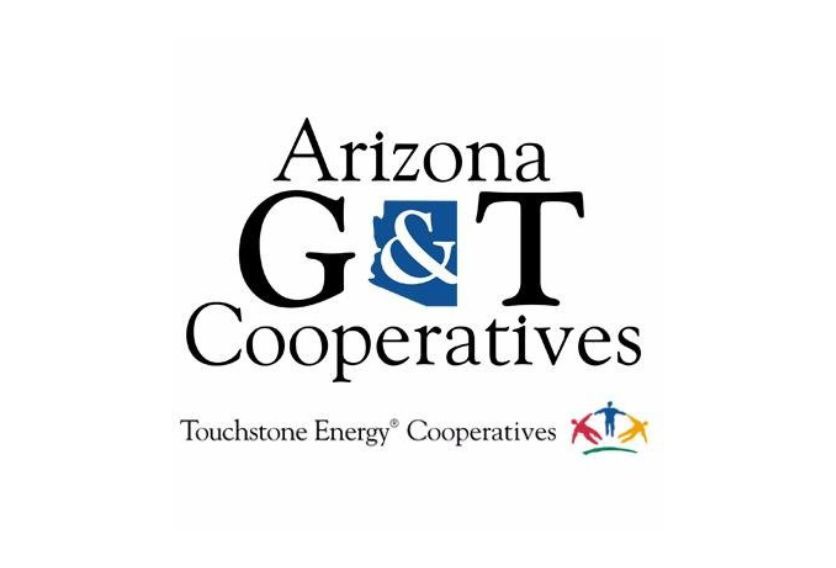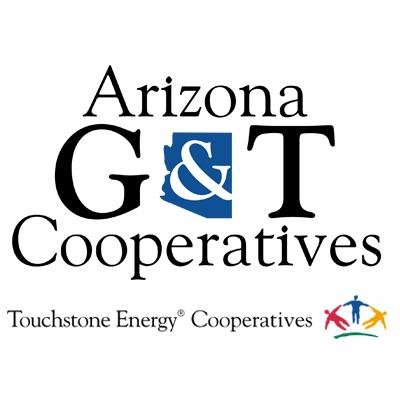By Rylee Schull
In March 2023, Trico employees Sabrina and Bryan English, an IT Specialist and a Journeyman Lineman respectively, embarked on a 3,852-mile round trip from Trico to Nashville, Tennessee, and back in a Ford Lightning F-150 all-electric truck.
Sabrina and Bryan went to Nashville for the National Rural Electric Cooperative Association’s (NRECA) PowerXchange and TechAdvantage conferences. They made stops at electric cooperatives along the way, including Columbus Electric Co-op in New Mexico. On the way back, they stopped at First Electric Cooperative in Jacksonville, Arkansas. "They were so welcoming, and we appreciated them letting us charge the Lightning," Sabrina said.
While at a charger, they met an employee from Craighead Electric Cooperative in Arkansas who was also heading to the PowerXchange conference and driving a Ford Lightning. It’s always a happy coincidence to meet with our co-op family.
"After this experience, we both agreed we would travel with an electric vehicle again like this," Sabrina said. "Charging times allowed us to take breaks, get our steps in, shop, and most importantly save money and the environment by not buying gas and reducing our carbon footprint. Chargers were easily accessible and available at frequent stops across our route. We only had one issue with a charger, but after calling Electrify America (an EV public charging network across the U.S.) they were able to fix the problem quickly and get us on our way."
The journey took a total of 78 hours, including stops and charging time, which was faster than expected due to the efficiency of the
350 kW chargers. Despite the freezing temperatures impacting range, with 221 miles at 90% charge compared to 273 miles, the average charge times were only 35 minutes. The total charging cost of $385 was roughly a third of what they would have paid for gas. Overall, the trip was a success and highlighted the potential for all-electric trucks to handle long-distance travel.
Trico is proud to continue meeting the needs of our Members, including learning more about EVs and providing upcoming rates/options for our Members with EVs.
To look back at Sabrina and Bryan’s journey, visit Trico’s Facebook page at facebook.com/TricoElectricAZ or Instagram at instagram.com/TricoElectricAZ.
Answers to your questions
Our Members had questions about the trip. Here are the answers to those questions.
Where do you find charging stations?
There are a few ways to find charging stations, but here are the top two options Sabrina and Bryan used:
1) Electrify America is a great option that you can use to map out your entire route. It will show you where all their chargers are located, and typically they have quick chargers available!
2) Many EVs have built in navigation that can help route you to chargers to make sure you won’t run out of power before getting to the next station.
Does the weather affect the mileage?
The freezing temperatures did impact range, with 221 miles at 90% charge compared to 273 miles.
Outside temperatures, particularly colder weather, can impact the range of an EV. Unlike a gas-powered vehicle, where the heat is mostly coming from the engine, an EV must produce cabin heat and manage an optimal battery temperature with energy that comes from the battery, which can reduce battery range.
Are electric vehicles reliable for road trips?
You can make a long road trip without fear of getting stranded, as long as you plan ahead. That means juggling route-planning apps and billing accounts with various charging companies, which can get confusing. And be prepared for the unexpected, like glitchy charging equipment touchscreens, billing questions and inoperable plugs.
How far can you travel in an electric vehicle?
Many of today's EVs have a range well over 100 miles per charge, with some models reaching more than 300 miles per charge.

 SmartHub Log-in
SmartHub Log-in